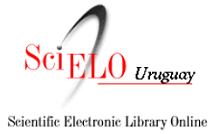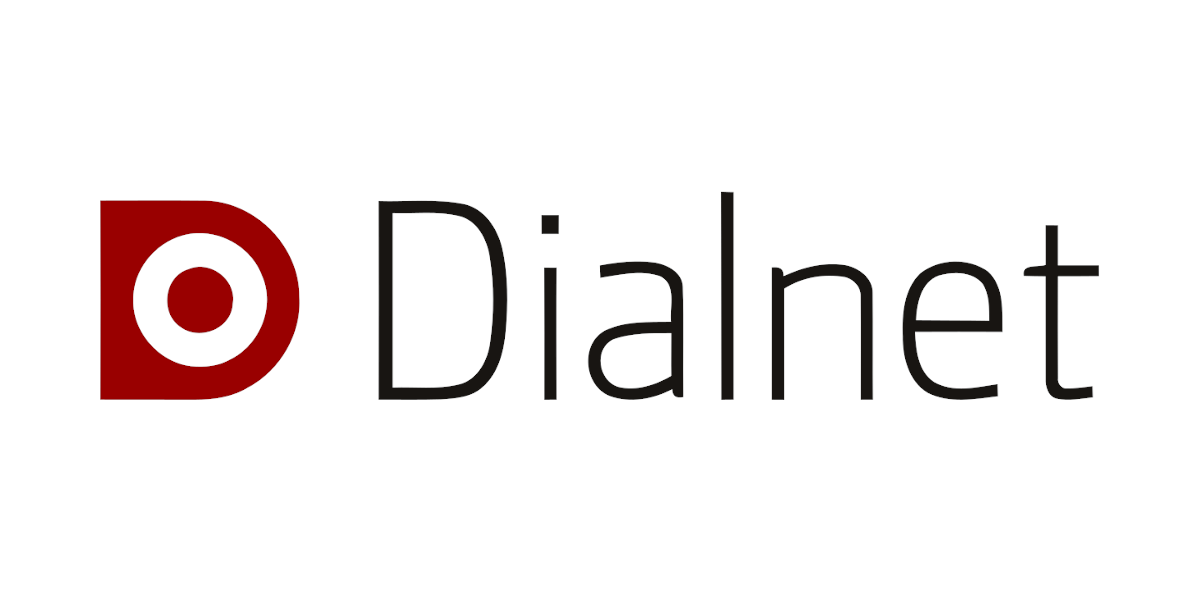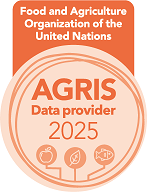Fuente hidroximineral para mejora de la producción de metaloenzimas del complejo hemo en comparación con la fuente de sulfato en pollos de engorde
Palabras clave:
Enzimas, Hidroximinerales, ProteómicaResumen
Microminerals are essential for the proper growth and development of poultry, participating in metabolic pathways and influencing the profile of certain proteins, known as metalloproteins, which require specific mineral ions to perform their biological functions. This research aimed to investigate the interaction of different sources and levels of Copper (Cu), Zinc (Zn), and Manganese (Mn) on the profile of metalloproteins in the plasma tissue of broiler chickens. For this purpose, 810 day-old broiler chickens were randomly assigned to 3 treatments with three replicates each: Sulfate Control (15 ppm of Cu sulfate, 80 ppm of Zn sulfate, and 80 ppm of Mn sulfate); Low HCM (15 ppm of Cu hydroxychloride, 40 ppm of Mn hydroxychloride, and 40 ppm of Zn hydroxychloride); and HCM Control (15 ppm of Cu hydroxychloride, 80 ppm of Mn hydroxychloride, and 80 ppm of Zn hydroxychloride). At 42 days of age, blood was collected from three birds per experimental unit by jugular vein puncture to determine the profile of metal-dependent liver enzymes using the Shotgun ® technique, and data were analyzed using Blast2GO® v.6.0.3 software based on peptide sequences obtained from the Uniprot database. Data analysis revealed that HBE and HBG2 proteins were downregulated in the Sulfate Control treatment compared to the HCM groups. HBE and HBG2 are part of the hemoglobin complex, which is primarily responsible for oxygen detection, transport, and storage. Hemoglobin structure contains binding sites with affinity for Zn, and its oxygen transport capabilities are compromised in the absence of this binding. Additionally, Cu is a component of cuproenzymes and ferroxidases, which are constituents of red blood cells ensuring proper oxygen distribution to tissues. Adequate oxygen distribution by hemoglobins is crucial for the growth and development of tissues, particularly in modern broiler strains with rapid growth and muscle accretion. Therefore, these proteins can be described as potential biomarkers that can molecularly measure the interactions of nutritional strategies on physiological processes and translate these responses into performance, health, and welfare parameters for broiler chickens.
Descargas
Publicado
Cómo citar
Número
Sección
Licencia
Derechos de autor 2025 Sociedad de Medicina Veterinaria del Uruguay-Facultad de Veterinaria, Universidad de la República

Esta obra está bajo una licencia internacional Creative Commons Atribución 4.0.











